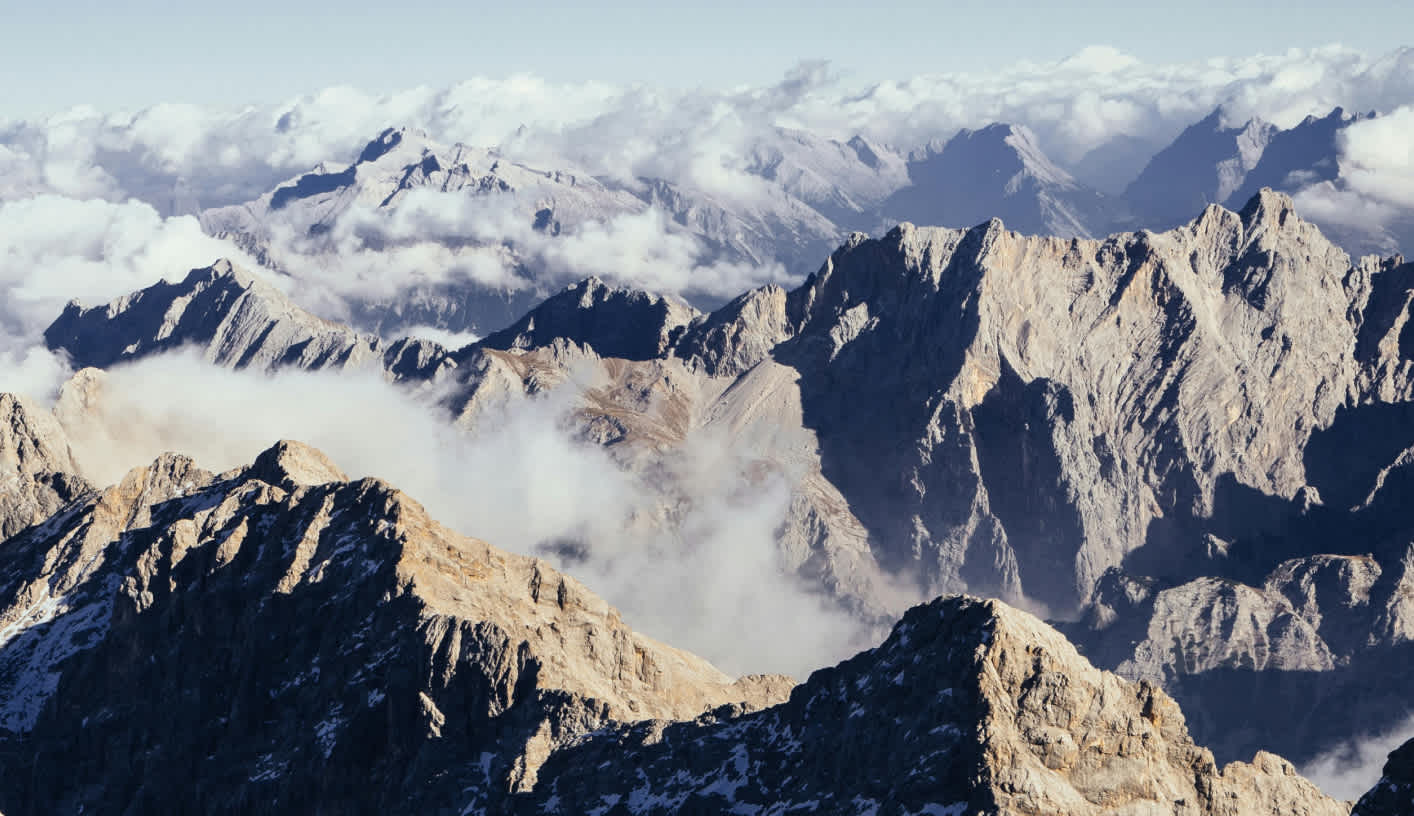11 Ways to Reduce Customer Churn in SaaS
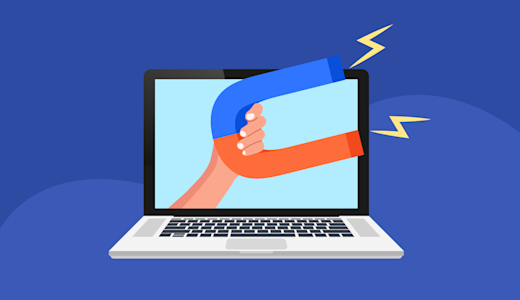
Reducing SaaS churn requires understanding the drivers of customer dissatisfaction and implementing solutions to boost customer retention. That’s what this post is all about.
In SaaS, churn refers to the rate at which customers stop using a product or service. Because software-as-a-service (SaaS) businesses are usually built on recurring revenue, high churn can really hurt revenue and growth, not to mention signaling competitive problems.
While some churn is inevitable, losing customers at too high a rate signals problems. Thankfully there are many things you can do to improve. Keep reading for eleven customer retention strategies that address the top reasons customers churn in SaaS.
Churn rates for SaaS businesses vary. Companies that serve small- and medium-sized businesses (SMB) average 3-5% monthly churn. SaaS organizations that support enterprises have a much lower 1% churn rate, and startup ventures can see a churn of 12% in their first year.
Churn prevention vs churn reduction: what’s the difference?
There’s a difference between churn prevention and churn reduction. The former is preventative, and the latter is reactive.
Churn prevention refers to the activities your business takes before customers consider cancelling their subscriptions. Tactics on the preventive side focus on building customer loyalty.
Examples include providing a discount at renewal, continuous communication about features and usability and asking for feedback for new functionality. Churn prevention can increase customer lifetime value (CLV) if executed well.
Churn reduction describes the steps you take once a customer has begun the process of unsubscribing. There may still be time to eliminate revenue churn at this point. A workflow could guide a customer if they want to cancel that delivers incentives to halt the churn.
What causes customers to churn?
The top five reasons customers churn in SaaS:
Poor product-market fit - Have you truly solved your customers’ pain points?
Price - Churn can result from price increases, a new lower-cost competitor, or economic downturns that reduce willingness to pay.
Poor customer experience - On average, companies fall short of expectations by 38%.
Drop-off - When customers stop using your product or service regularly, you know they’re at risk of churning.
Onboarding issues - Poor onboarding reduces product adoption and customer success.
Need to improve your retention fast? Slash churn 10-39% with automated retention from ProsperStack.
How it works: add a few lines of code to start delivering exit surveys and persuasive offers to customers at the point of cancellation. Iterate quickly, A/B test offers and surface actionable insights to maximize retained revenue.
Learn more about ProsperStack Retain or get a demo.
Lack of product-market fit
Fit can still be an issue even if you’ve clearly defined what your software does and who the target market is. If churn spikes, you may need to rethink your analysis.
You may have missed key features your users think are a must-have. For example, if your software helps businesses streamline accounting but doesn’t have functionality around managing expenses, it won’t appeal to its intended users.
Product pricing
Cost is a purchasing driver. According to a study, 78% of buyers look for “fair” prices when making decisions. The cost has to align with their budget, and they also need to feel an even value exchange.
The cost for your product may be competitive, but some customers are more price-conscious than others. Churn can be a response to price increases, which you deem necessary for profitability.
Poor customer experience or poor customer success
Customer experience and success cover a few areas. First, there’s the user experience, which describes how intuitive and modern your software is. Second, there’s the interactions between customers and support. Third, there are the expectations that users have of a product that it will solve their problems.
If any of these go sideways, churn is likely to follow. Meeting customer needs is the foundation of your product and support. Yet, most companies have failures here. On average, companies fall short of expectations by 38%.
Continuing to improve on all three aspects of experience directly impacts churn. If reducing SaaS churn is your goal, optimizing and prioritizing these matters.
Not monitoring usage of features for inactive users
Another cause of churn is usage drop-off. It’s critical to monitor this to identify those users who may be on the verge of churn. A survey of businesses relating to churn found that 20% of respondents rated this as the highest reason for churn.
Tracking this and accessing real-time data on usage and engagement provides insight. You can deduce what features have value and if there is friction. It can work as a strategy for churn prevention and enable you to personalize experiences and proactively address usability concerns.
Onboarding issues
The potential for churn starts on day one. Creating an onboarding strategy and workflow for your new users impacts their experience. Simply giving people a login and some general information doesn’t accelerate their adoption of the software.
Instead, make training, education and user tips part of the process. Some onboarding success tips include:
Using an interactive guided tutorial at first login
Creating a robust library of user resources in multiple formats (e.g., text, video)
Launching an onboarding email nurture series that drives people back to learning materials
Hosting onboarding webinars with users led by product specialists
Now that you know why churn happens, you’ll want to focus on strategies to reduce it.
Eleven customer retention strategies for SaaS companies
1. Define and track customer retention KPIs
Instead of guessing, make data-driven decisions.
Tracking key customer retention metrics helps SaaS businesses measure the success of their customer retention efforts and identify areas for improvement.

Key metrics to track:
Customer churn rate refers to the percentage of customers or revenue lost due to cancellations or downgrades over a period of time. Tracking it over time can help you understand the value of your customer retention efforts.
Lifetime value (LTV) is the average total revenue a business can expect to earn from a single customer over the lifetime of the relationship.
Net revenue retention (NRR) is a company’s recurring revenue from existing customers over a specified period, in contrast to total revenue from all sources. NRR helps SaaS companies evaluate retention, expansion/contraction of existing customers (upgrades/downgrades), and churn.
2. Analyze your churn
With churn metrics in place, you can begin to notice patterns. Questions to ask:
How much of the churn is voluntary (the customer actively chose to cancel) vs. involuntary (due to failed payments)?
Is there a “churn cliff”? Sometimes there are key points at which churn is most likely to happen, e.g. after the completion of a free trial period.
Is there seasonality when more churn typically occurs?
Were there specific events (e.g. a price hike) that may have led to increases or decreases in churn?
By regularly looking at your data to answer questions like these you'll generate new ideas for churn management.
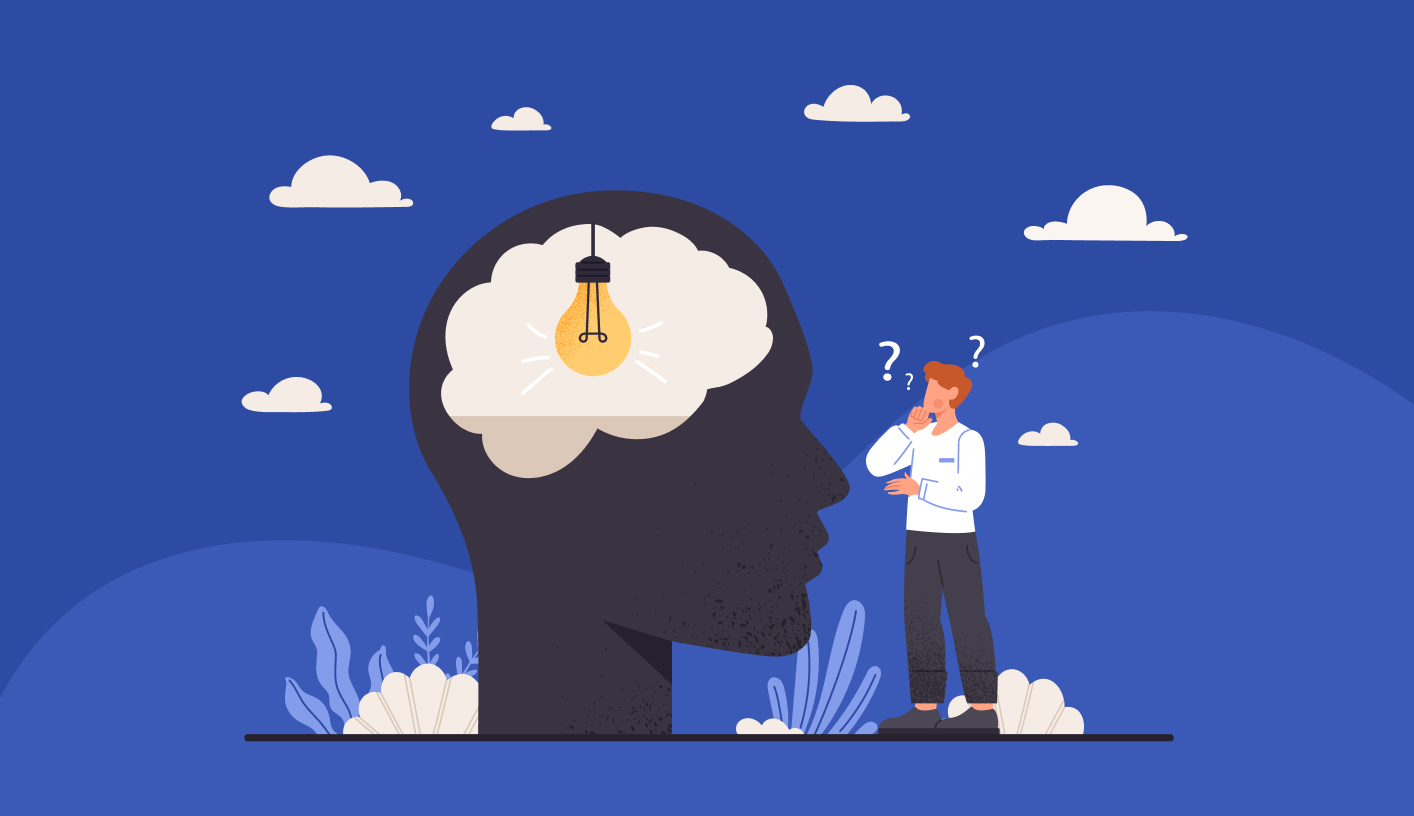
3. Prioritize proactive customer service
In SaaS, top-notice customer service involves addressing customer frustration and dissatisfaction, not just reactively but proactively. That means anticipating users’ needs and problems before they do. Some examples include:
Alerting customers to outage or feature issues
Providing a self-serve option for customer service that’s easy and fast (e.g. searchable knowledge base and chatbots)
Creating content for your resource library that answers the most common questions customer success teams hear
4. Perfect your customer onboarding
The potential for churn starts on day one. Poor onboarding harms customer success, while investing in it can accelerate product adoption. Step into your users’ shoes, understand their needs, and address potential questions with training, support materials and user tips.
Over 90% of customers feel that the companies they buy from “could do better” when it comes to onboarding new users/customers.
Source: Survey conducted by Wyzowl
Some onboarding success tips include:
Launch an interactive guided tutorial at first login
Create a robust library of user resources in multiple formats (text, video)
Send an onboarding email nurture series that drives customers back to learning materials
Host onboarding webinars with users led by product specialists
5. Target churned customers with personalized win-back campaigns
As many as 30% of customers who cancel will resubscribe at a later date. Email campaigns are a cost-effective way to stay in touch with churned customers. Provide information about improvements and new features, or offer promotions to entice them back.
Effective win-back campaigns must be personalized and timely, which is why it’s essential to understand why customers are leaving.
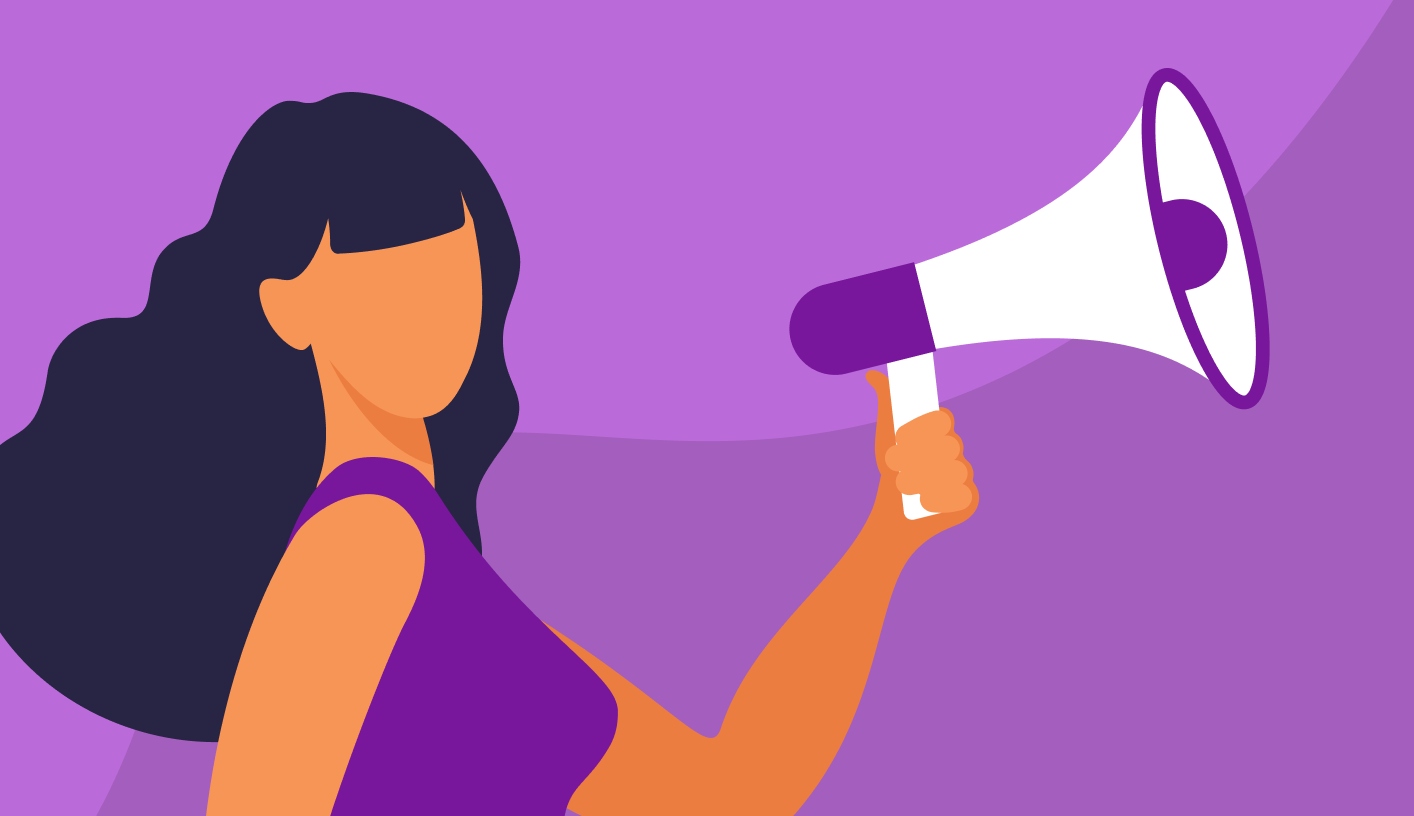
6. Create an online community to improve customer relationships
Think of Jeep owners. They wave to each other on the road, like part of an exclusive club. Building a customer community helps them feel connected to each other, the brand and the product or service at the center of it all.
An active community also becomes an extension of customer support, allowing users to serve each other, connect and discuss how to best use your software or service. It’s easy to set up a customer community on LinkedIn, Facebook or software like UserVoice.
7. Exceed customer expectations by educating existing customers
Never stop educating your existing customers. Communicate with them often about features and product updates. Remind them if they aren’t using valuable functionality that could make their experience better.
Additionally, have customer success and product experts host regular webinars. They can focus on the newest features, product roadmaps and frequently asked questions.
All these efforts will improve LVT and reduce churn.
8. Assign dedicated customer success managers to your most valuable customers
Your VIPs should have a dedicated customer success manager (CSM). They can build relationships with customers and become a valuable resource. This one-to-one contact fosters loyalty and demonstrates your commitment to their success.
9. Monitor customer data and product usage analytics
Data can help you identify customer churn and indicate what can help you retain profitable customers. You can predict churn based on customer behavior in a customer churn analysis. A drop in usage could be a sign of impending churn. When these triggers occur, focus back on proactive ways to prevent attrition.

10. Understand why customers leave with churn surveys
You can’t retain every customer all the time, but with churn surveys you can learn a lot from customers who choose to cancel. Your survey doesn’t have to be complicated. Include these two simple questions in your SaaS cancellation UI:
What is your primary reason for leaving? (multiple choice format)
How can we improve? (open-ended format)
We go into greater detail on these questions and more:
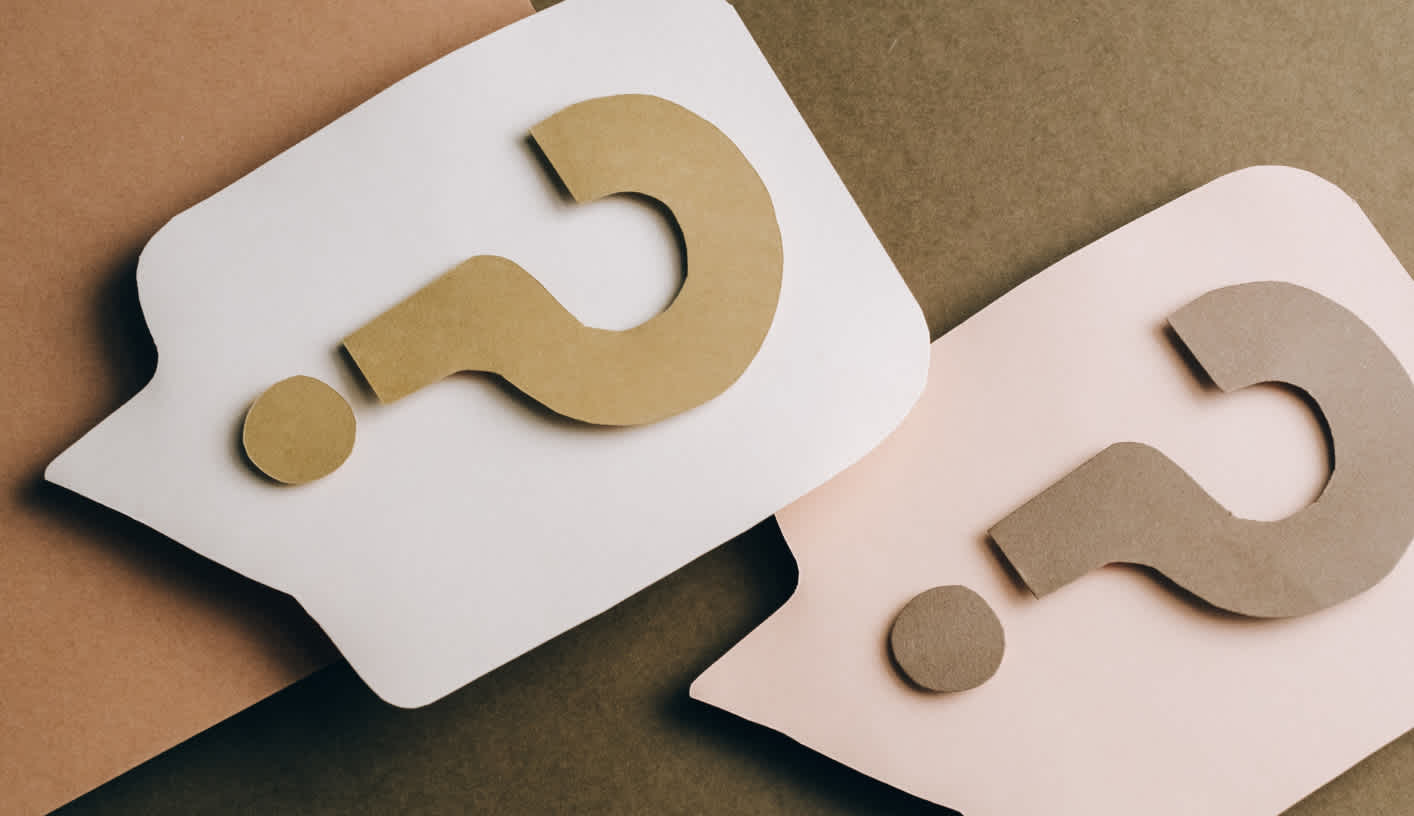
The data and insights you glean from churn surveys are useful across internal teams:
Product – use qualitative and quantitative data to prioritize feature requests.
Customer success – identify at-risk customers and proactively reach out to save them.
Marketing – improve their messaging and timing.
A cancellation survey essentially creates a prioritized roadmap for you to add more value. The data can also be used immediately in personalized incentives to prevent cancellation. Which leads us to our next topic…
11. Save customers with a self-service cancellation flow
A subscription cancellation flow is one of the fastest ways to reduce churn. Apply the following tactics to reduce churn 10-39%.
Reinforce value
When you remind customers of your product's value, some customers may reconsider cancellation. This could be a personalized account summary showing customers what data or information they'd lose upon cancellation. Or you can ask customers to accept an acknowledgment (that illustrates the value of what they're leaving behind) as part of cancellation. Showcase value rather than price.
Provide alternatives to cancellation
What are you willing to do to keep your customer? Ideas include offering a free support consultation, a temporary pause or a discount. Personalized incentives tend to be more effective, so segment your customers based on product usage, lifetime value, and answers to your churn survey. For example:
Support –Include a free support upgrade for people who indicated difficulty using your product.
Coupons – Offer a coupon to discount the rate for customers who say your product is too expensive.
Trial extensions – Offer a trial extension to customers who haven’t had enough time to find the value in your product.
Plan changes – Provide extra value at no additional charge (whether that's more features, storage, or support) or offer access to a special plan only available for a limited time.
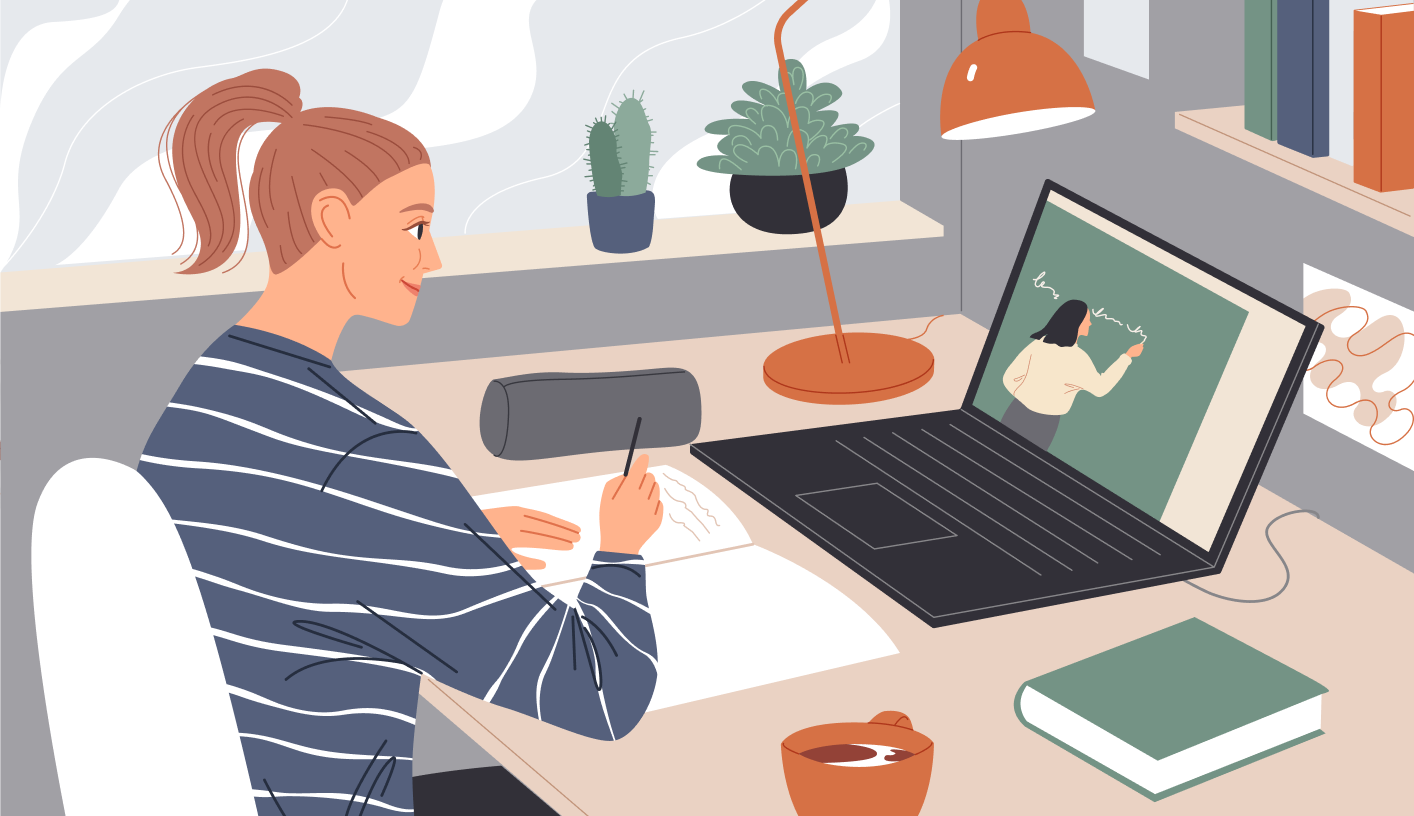
Reduce SaaS churn with ProsperStack
If you’re ready to implement your own churn-busting SaaS customer cancellation experience, ProsperStack Retain is the answer. Our software helps high-volume subscription businesses reduce churn by up to 39%, saving customers and accelerating revenue growth.
Our user-friendly, low-code solution can be up and running in days instead of months. Best of all, we integrate easily with popular subscription billing platforms and CRMs so you can use your existing data to prevent churn. Get a free demo today.

